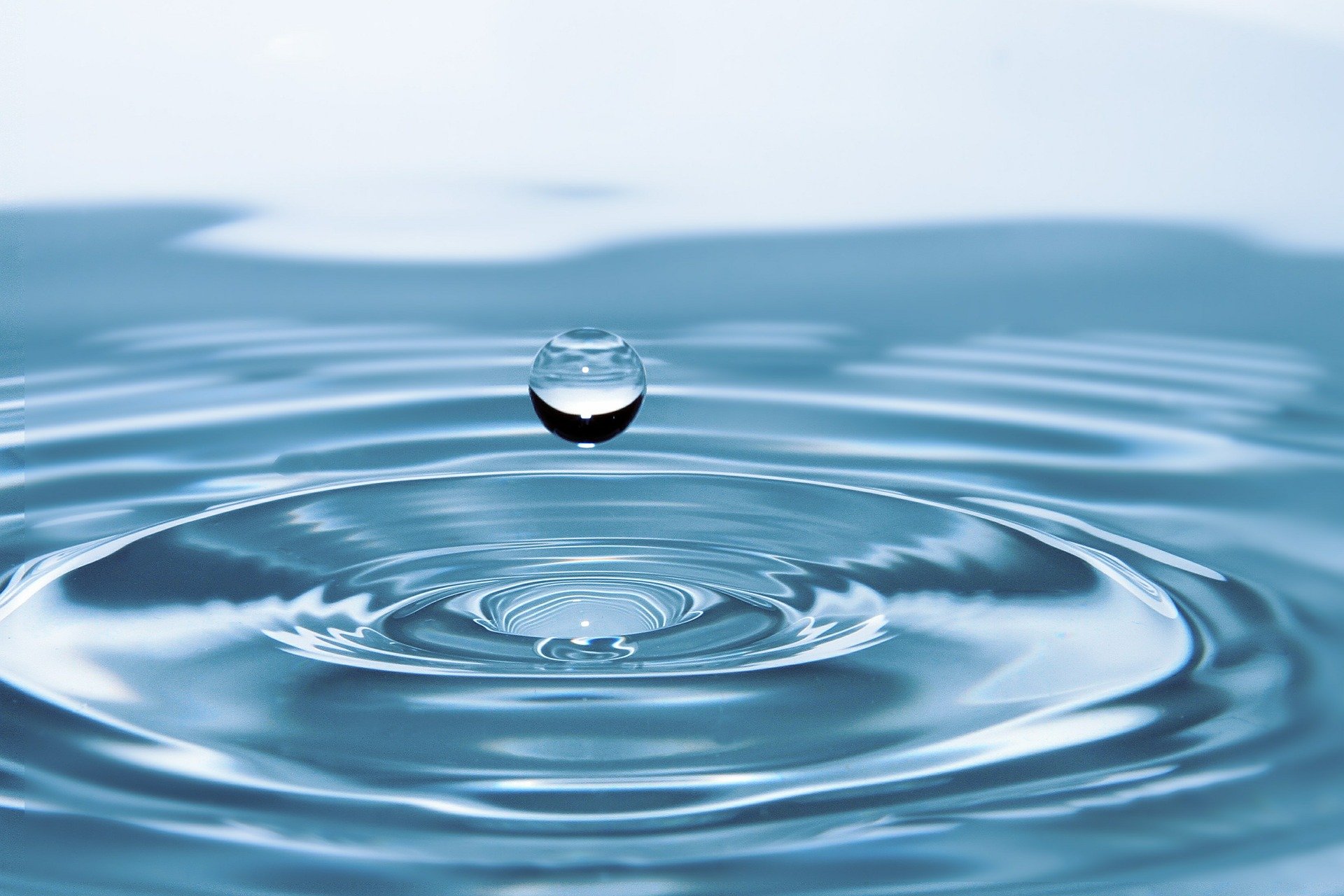Centrifugal pumps are the workhorses of the oil and gas industry, handling everything from crude oil transfer to chemical injection and produced water management. Their reliability and efficiency directly impact production uptime, energy consumption, and overall operational costs.
Optimizing oil & gas centrifugal pump performance is essential not only for protecting assets but also for improving flow control, reducing downtime, and meeting the demanding performance standards of API 610 and other oilfield specifications.
Standards and Design Considerations for Oil & Gas Centrifugal Pumps
In oil and gas applications, centrifugal pumps must meet exacting standards to ensure safe and consistent performance under harsh conditions. The American Petroleum Institute’s API 610 standard outlines requirements for centrifugal pumps in petroleum, petrochemical, and natural gas industries, covering design integrity, vibration limits, and materials of construction. Sealless pumps, often used for hazardous fluids, are governed by API 685, which addresses sealless magnetic drive pump designs and reliability.
Designing around these standards helps operators mitigate failure risks, standardize maintenance procedures, and extend the lifespan of their equipment. Pumps that meet API 610 are built explicitly for high-pressure, high-temperature environments, making them the preferred choice for many oil and gas production facilities.
When selecting or upgrading centrifugal pumps for oilfield service, it’s critical to assess the application’s temperature, viscosity, pressure, and corrosive media, as these factors heavily influence material and seal selection. Illinois Process Equipment supports facilities in evaluating these parameters to specify the most reliable and cost-effective pump configuration for every segment of the oil and gas process.
Optimizing Oil & Gas Centrifugal Pump Selection and Design
Selecting the correct centrifugal pump for oil and gas applications is about more than just flow and head requirements; it’s about efficiency, reliability, and long-term performance. To operate efficiently, a pump should run as close as possible to its Best Efficiency Point (BEP), where hydraulic performance is optimized, vibration is minimized, and wear is reduced. Pumps that operate too far left or right of the BEP curve are more likely to experience cavitation, seal failures, or energy losses.
Proper sizing also requires a deep understanding of the application. Variables such as fluid viscosity, temperature, specific gravity, and abrasive content play a significant role in determining the impeller diameter, casing style, and materials of construction. In oil and gas systems, where fluids range from light hydrocarbons to heavy slurries, incorrect pump selection can result in chronic underperformance or premature equipment failure.
Design features, such as impeller blade geometry, blade angle, and exit velocity, have a direct impact on pump head, NPSHr, and energy efficiency. Advances in computational fluid dynamics (CFD) now enable engineers to simulate flow conditions and optimize design elements before manufacture. Parametric analysis and 3D modeling can help identify the most efficient impeller configurations for specific oilfield conditions, enhancing both reliability and throughput.
At IPE, we work with oil and gas operators to size pumps that match actual operating conditions, not just nameplate specifications. This ensures stable, energy-efficient performance even in scenarios with variable flow, high pressure, or corrosive media.
Operational Best Practices for Reliable Performance
Even a perfectly sized and designed centrifugal pump can underperform without proper operation and maintenance. In the oil and gas industry, where uptime is crucial, implementing best practices can significantly extend equipment life and minimize unplanned downtime.
Key strategies include:
- Operating near the BEP to minimize vibration, shaft deflection, and seal wear.
- Using Variable Frequency Drives (VFDs) to adapt to fluctuating flow rates and maintain pump efficiency under varying conditions.
- Monitoring key parameters like temperature, vibration, suction pressure, and discharge pressure to detect early signs of misalignment or bearing wear.
- Implementing condition-based maintenance with sensors and remote monitoring to trigger service only when performance degrades.
Routine tasks such as seal inspection, bearing lubrication, and impeller clearance checks should be standardized and logged. These preventive steps can reduce the likelihood of catastrophic failure and increase Mean Time Between Repairs (MTBR).
For a selection of centrifugal pumps compatible with VFDs and sensor integration, explore IPE’s centrifugal pump lineup or contact a pump specialist for more information.
System-Level Efficiency: Going Beyond the Pump
Pump performance doesn’t exist in a vacuum; it’s influenced by the entire system in which it operates. Poorly designed piping, oversized valves, and restrictive elbows can all degrade pump efficiency and increase energy consumption.
To fully optimize an oil & gas centrifugal pump, consider:
- Piping layout: Minimize friction losses, avoid sudden diameter changes, and ensure proper suction conditions.
- Parallel pump staging: For variable demand systems, alternating or staging pumps can help maintain flow without overloading one unit.
- System modeling: Software-based hydraulic modeling enables engineers to predict the impact of system changes on pump performance.
A system-wide approach to pump optimization ensures long-term reliability, improves energy use, and prevents cascading failures. For facilities looking to upgrade their infrastructure, IPE provides comprehensive pump services, including system evaluations and fluid equipment integration.
Optimizing oil & gas centrifugal pump performance is essential for reducing downtime, lowering energy consumption, and maintaining safe, reliable operations in high-demand environments. By combining proper pump selection with thoughtful design, regular maintenance, and system-level awareness, operators can significantly improve efficiency and reduce lifecycle costs. With the right expertise and equipment, every pump can deliver more value to your operation.
Illinois Process Equipment (IPE) offers centrifugal pump solutions engineered to meet the rigorous demands of the oil and gas industry. We offer application support, pump sizing, and integration services to help clients maximize performance and reliability. Contact us to optimize your oil & gas centrifugal pump system with trusted products and technical expertise.



